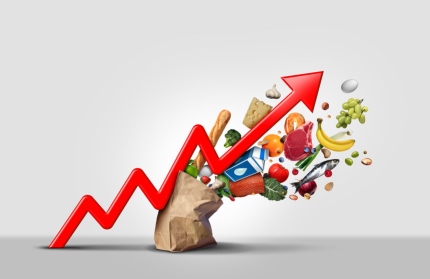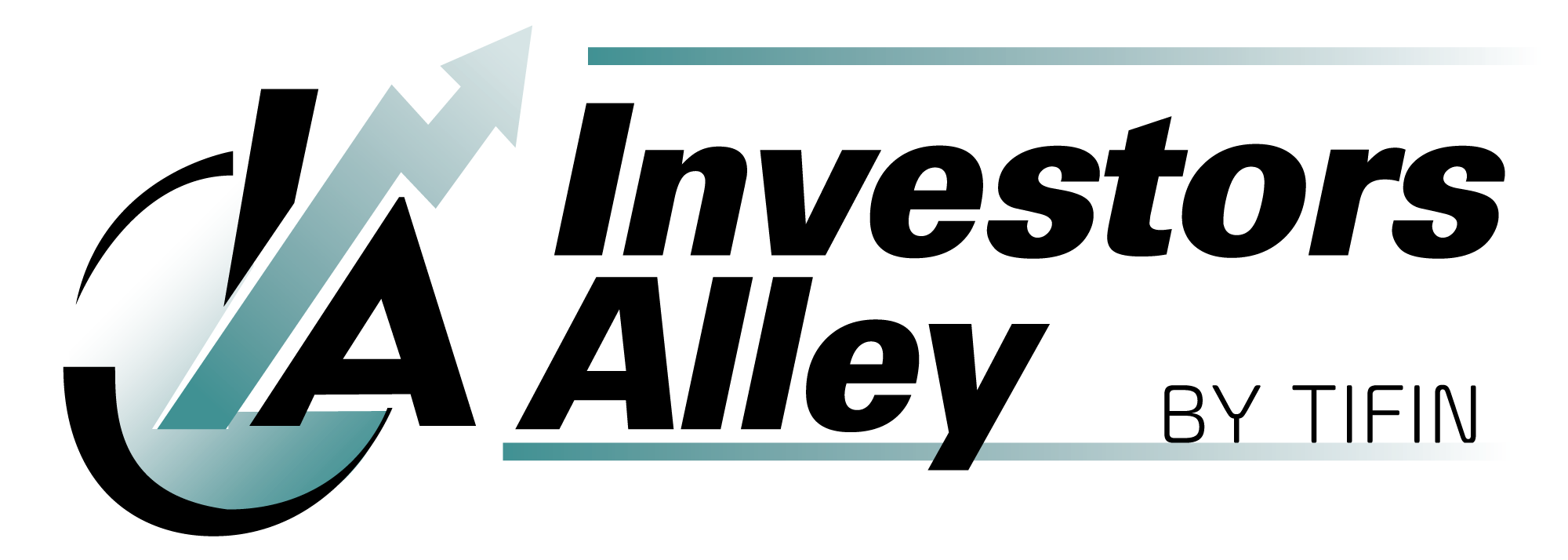Stability can be a virtue in any economic climate.
Consumer staple stocks are the very epitome of stability. An analysis by Verdad Research found the sector had the lowest income statement volatility of any listed sector between 1996 and 2023. Most companies that make consumer staples have reliable cash flows and steadily growing dividends—and history shows that reliable cash flows and rising dividends are an attractive combination for investors.
Here’s an example of such a company…

I’m talking about none other than Unilever PLC (UL), whose products are used by more than 3.4 billion people every day in over 190 countries. The company has more than 400 brands, 14 of which had sales in excess of $1 billion in 2022.
Unilever has five broad brand families: Beauty & Wellbeing (20% of second-quarter sales), Personal Care (22%), Home Care (19%), Nutrition (21%), and Ice Cream (18%). Some of the best-known brands in each category respectively include Dove, TRESemmé, Axe, Lifebuoy, Hellmann’s, Knorr, Magnum, and Ben & Jerry’s.
Unilever’s Turnaround Has Begun
The good news is that after years of underperformance, it looks like Unilever is finally turning around under its newish CEO, Hein Schumacher.
On July 25, the company reported better-than-expected half-year results. Underlying sales rose 9.1% for the first half of 2023 versus the first six months of 2022, which beat consensus estimates of 8.3%. Operating profits climbed 23%, to about $6 billion.
The results were a continuation of what Unilever achieved in 2022—namely passing on higher costs to consumers, to protect and grow its margin.
Volume was flat in the first half of 2023, with the number of items sold falling by only 0.2% despite underlying price rises of 9.4%. However, Unilever also posted volume growth in the Beauty & Wellbeing and Personal Care divisions. This suggests consumers had no problem with buying TRESemmé and Dove at higher prices. Underlying growth at the brands that post more than a billion dollars in annual revenue, such as Hellmann’s, came in at 10.8%.
Add it all up and the result was a 30 basis point uplift in gross margin and a 10 basis point increase in underlying operating margin in the half. In addition, Unilever management upgraded fiscal 2023 organic growth guidance to above 5%, versus the upper end of the 3% to 5% medium-term range forecast previously.
Nevertheless, Unilever will need to do more work, since its profitability still sits below pre-pandemic levels. In 2019, the underlying operating margin was 19.1%, two percentage points above the latest number of 17.1% (versus expectations of 16.2%). The average for the peer group is 21.2%.
Unilever’s Growth Driver
The half-year sales and volume split highlights a critical part of the investment case for Unilever: its growing geographical footprint outside of Europe and the U.S.—in the Asia Pacific, Africa, and Americas regions, where the company enjoyed volume growth. With almost 60% of sales now in these emerging markets, Unilever is in a strong position to take advantage of the huge consumer and demographic trends in the developing world.
As Ioannis Pontikis, senior equity analyst at Morningstar, pointed out: “Unilever has one of the largest footprints in the developing world of all the global consumer staples manufacturers, which should be a long-term volume driver for the business.”
Unilever: Dividend Leader
Although Unilever’s turnaround remains a work in progress, investors can at least rely on the company’s dividend and cash flow profile. It is a dividend leader in its peer group, which is one reason why the stock is popular with many investors. Dividends have long been the preferred vehicle for returning capital to shareholders, and Unilever has delivered above-industry average payout ratios of at least 60% since 2012.
I expect the firm to maintain its high quarterly dividend payout ratio (current yield 3.6%) because its dividend growth is backed up by strong cash generation. According to FactSet, expectations are for free cash flow to grow by around a quarter from around $7.12 billion this year to $8.84 billion in 2026.
This could help Unilever to finally match the superior cash generation of its peers. Over the past five years, Unilever’s free cash flow margin has averaged 12.2%—well short of 18.4% at Procter & Gamble (PG) and 16.2% at Colgate-Palmolive (CL).
In another measure of operational strength, Unilever’s five-year average return on invested capital of 19% is a plus, and already notably higher than that of Procter & Gamble and Nestlé (NSRGY).
At 17 times forward earnings, the shares sit just below the five-year average, implying that investors remain hopeful of cash generation-led growth despite its recent disappointing share price performance.
With its proven defensive consumer brands, emerging markets exposure, and new management team—all backed up by better-than-expected results—the future looks brighter for Unilever than it has been for a number of years. This makes Unilever a buy at anywhere from $48 to $55 a share.





